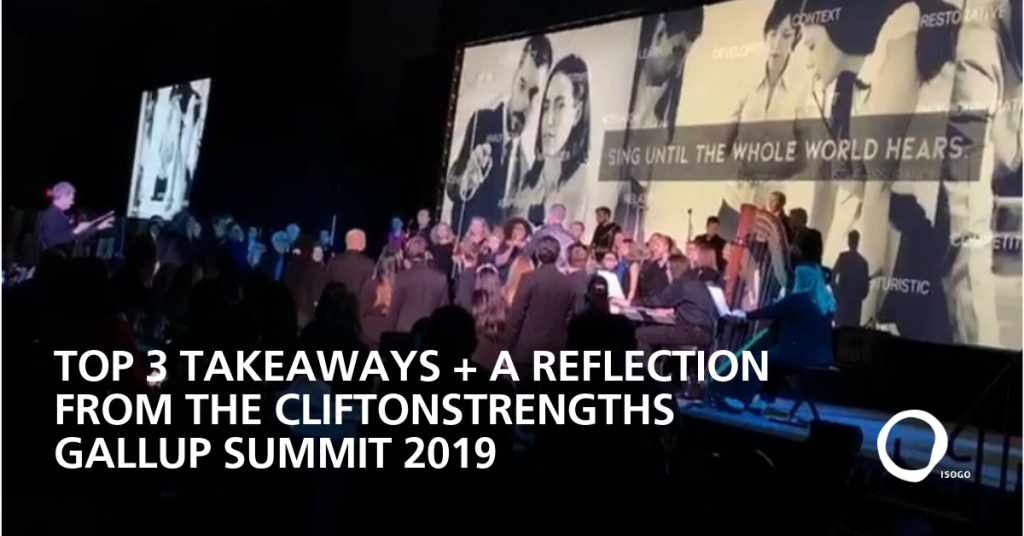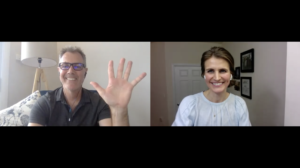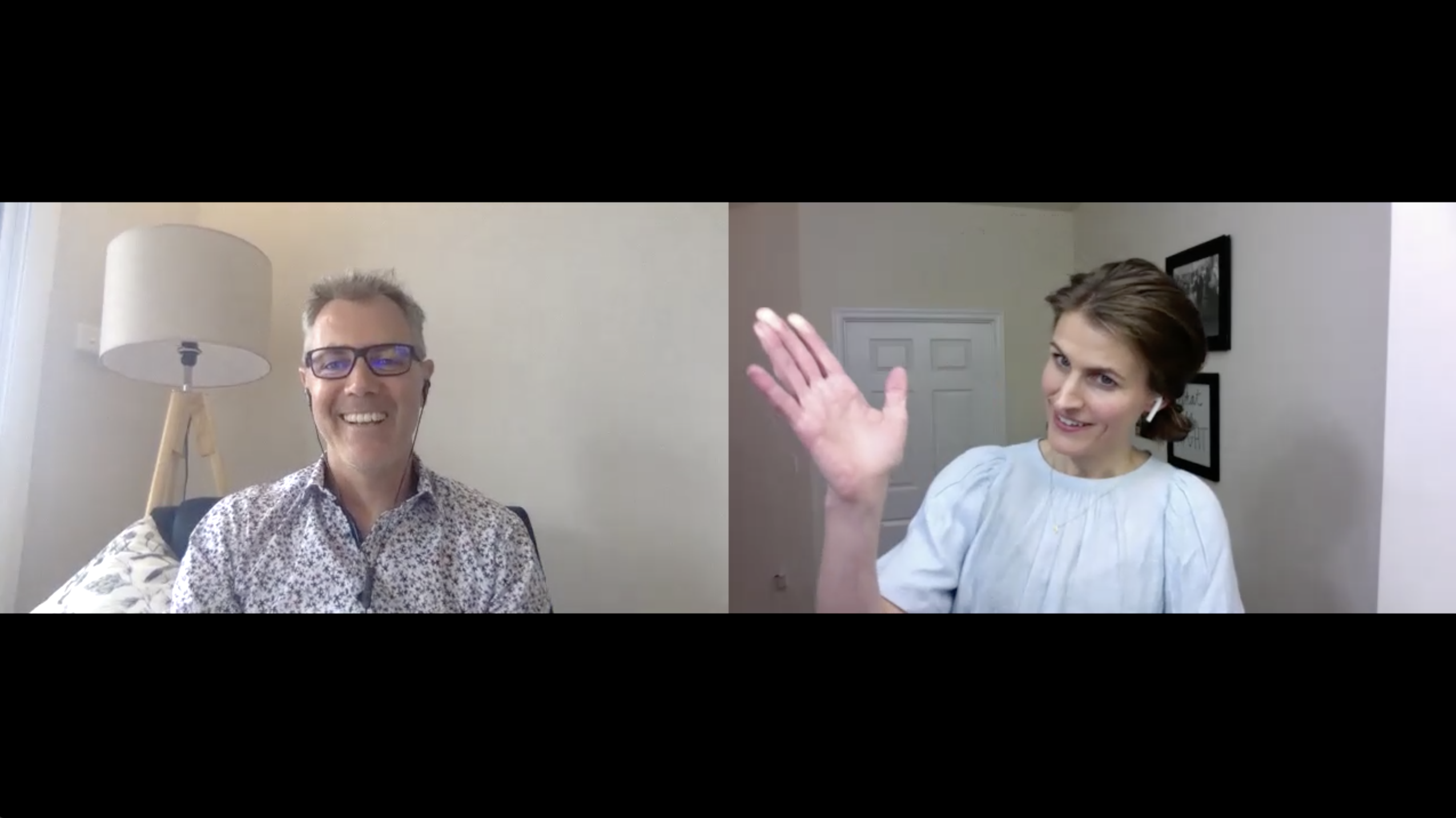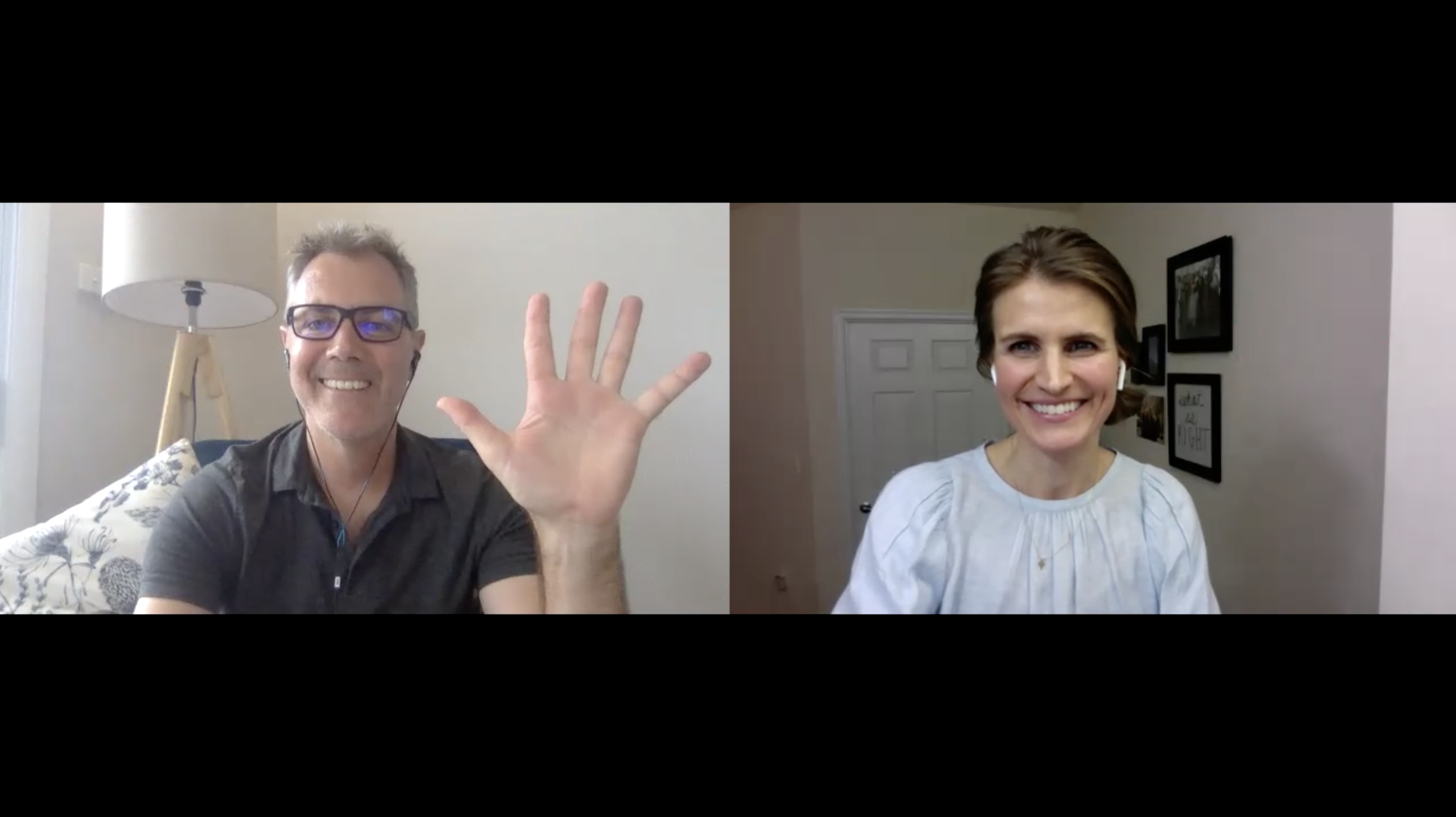It has been two weeks since the close of the CliftonStrengths Gallup Summit. “Intellection” needs to be cut off at some time to be most effective, so here we are with this year’s CliftonStrengths Gallup Summit 2019 reflections + top 3 takeaways.
The Overall Feel of the Summit
Strikingly, and the most common source of buzz throughout the conference, the energy of the Summit did not hit the peaks of exuberance as it has in previous years.
I thought at first it was probably just me—tired, emotionally drained and unable to connect, distracted—but then I started to hear it all around me. There was, it seemed, a lack of connection and overarching “Gallup focus” {vs a strengths movement focus} that felt unbalanced.
I love Gallup. Its research is outstanding and its tools are enabling and inspiring. And it has hired some of the best people in the world.
In fact, all of these things have changed the course of my marriage, the nexus of my parenting, my understanding of human connection, and the energy behind my work.
The work of Gallup allows us to do our work.
At the same time, that’s where the disconnect comes in…what we as coaches and leaders in organizations are here for is a movement so much bigger than one organization.
We are here for what Don Clifton says as he speaks to students so many years ago—when we focus on what is right instead of what is wrong, and almost under his breath, he adds “it’ll change the world.”
So, does this overall feel make me reconsider going next year? Not yet, it doesn’t! {See takeaways below}. Does it make me a bit let down in the future of the strengths movement as driven by this great organization? Yes, at least a bit, it does.
But you know what, something bigger and beyond is at work. Gallup and the work of the Clifton family has sparked a movement—a fire—and fires, as we all know, are hard to contain. So let’s keep it spreading!

Top 3 Takeaways from the CliftonStrengths Gallup Summit
Despite the energy, the Summit was not a waste, nor do I regret aligning or attending—NOT HARDLY. It was still one of the best investments of my year.
Here’s what I took away that made it all worth it:
1 :: Integrate the Strengths Perspective in the Existing {GOOD!} Culture
Southwest Airlines {SWA} is a business case study. They have been for 30+ years. I read about their business start-up, strategies, tactics and audacious service, even over 15 years ago in my MBA program. They remain on a pedestal {and I almost always regret flying another US carrier!}.
But this week at the Summit, I learned that they are never satisfied. And perhaps this is the secret to their success.
There has been a grassroots movement within SWA for the last several years—to raise awareness and action on the strengths-perspective and on the power of CliftonStrengths. Now, the watering of that grass has yielded an organization that is ready, from the top down, to incorporate the Strengths perspective.
Much of their strategy is inspiring, but what caught my attention best was their creativity and thoughtfulness in bringing the StrengthsFinder CliftonStrengths language into their existing culture and not trying to build something entirely new.
What a simple yet complex strategy to implement, yet it strikes me that it serves our clients so well. To really know them and their culture and see where CliftonStrengths complements and upholds versus forcing the fit. What a way to win loyalty and make it a sticky, sustainable way of work.

2 :: It Will Always Be About the Connections
This summit, I came away with a significant landmark of self-awareness.
I have always said that I am not a people person. To an extreme, I self-deprecate my lack of relationship strengths, all in good fun and support of my executing superpowers. But, this year I realized, I might need to stop this.
When people ask what I’m hoping to get out of the summit, my response is always the same: to connect with people.
In our online world, having bodies together in one place—bodies that live and breathe the same passion and vision and mission—it is electric. The overall feel is summed up well from a friend and colleague who this year said:
There was definitely a reason for all of us being there…. I know that that at least a couple of us were feeling like we’d lost our mojo a bit. Coming together was so restorative and energizing. There is so much love and power in this group. Great things are ahead for us all when we choose to be brave.
If you were there and we got to connect, even just for a quick hug, knowing eye contact, or a brief chat, just know that this is what we were designed for, and I appreciate each one. If you were not there, and there are a few I’m thinking specifically of, you were deeply missed.
The people connection is more than a feel-good feeling. It is a spark to ideas and action in our businesses and amongst our families and teams. Where the conference lacked the energy of first love, it was made up for by the people.
Thank you, people—friends, colleagues, strangers now friends—for showing up in force with the best in mind.

3 :: The Future BEST Managers are Leaders Who Give a Damn
It’s the Manager, featured at the Summit, by Jim Clifton and Jim Harter, sold more copies on the first day than any other business book, ever. I was blown away by this.
People want to lead well. They just don’t know how.
Their research says, teams no longer want a manager who is the “boss”, rather, they want a manager who is a “coach.” The difference between the successful leaders of yesterday and successful leaders of today and tomorrow is all about the people they lead.
As Jim said, “managers have to be much more collaborative than in the past, where it was command and control.”
Janina Kugel, CHRO of Siemens, and one of the standout keynotes of the event, got passionate about the state of the managers, even in her very successful global organization. She said, “When I talk to these people managers, they hardly know anything about their team.” They know their jobs and their strengths that help within the job, but they do not know them at home or what else they love or offer in their lives.
Her point: to be successful and effective, these leaders need to care. Truly care about the people they lead.
And it’s not a hunch or a feeling she has. It is backed by the data.
Last month, the World Health Organization designated BURNOUT as an official health condition. We as leaders are running our teams into the ground, and we are doing it by leading the way in busyness, stress, and a lack of value on balance.
Elizabeth Bryant, VP of SWA University {another Summit standout} quoted their notorious and beloved founder, Herb Kelleher:
The business of business is people.
He was talking about the people he served, and yet—what revolutionized the industry—he was also talking about the people with whom he served alongside.
The people we lead make all the difference, and the leaders who are on the path to success are the leaders who give a damn.
The leaders who care.
{If you were there, what were 1 or 2 of your top takeaways? I’d love to know what stood out to you and/or what you bring back to your own company or team or family!}









